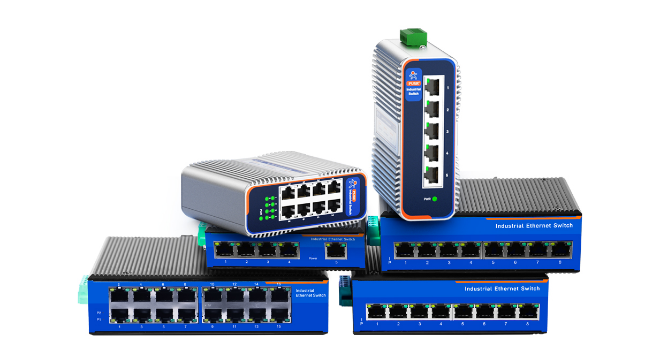Want to know PV combiner box components? The PV combiner box components include DC MCCB, DC surge protection device, PV string fuse (DC fuse), Busbar, terminal block, enclosure and communication module, etc. This article will introduce the PV combiner box components one by one.

1. DC MCCB (Direct Current Molded Case Circuit Breaker)
The DC MCCB acts as the primary output control device of the combiner box. It is essential for circuit breaking and making operations. Operating at voltages up to DC 1,000 V, the DC MCCB is designed to handle the specific challenges of direct current circuits, such as arc formation during circuit interruptions. When selecting a DC MCCB, it is important to consider factors like temperature, altitude derating, and to specifically choose a photovoltaic (PV) dedicated DC breaker to ensure reliability and safety.

3. PV String Fuse/DC Fuse
Fuses in a PV combiner box serve to protect against overcurrent by interrupting the current flow during fault conditions. This prevents reverse current flow and protects cables and other components from further damage. Each PV string typically has its own fuse, ensuring localized protection and minimizing the impact of faults.

4. Busbar
The busbar is a conductor used to centralize the connection of the positive and negative outputs of the various PV strings. It consolidates the current from multiple strings into a single output that is directed towards the inverter. This component is crucial for efficient current distribution and reducing potential losses.
5. Terminal Block
Terminal blocks facilitate the connection between the output cables of the PV modules and the input cables of the inverter. They ensure secure and reliable connections, which are essential for the optimal performance of the PV system. These blocks also make maintenance and installation easier by providing organized wiring management.

6. Enclosure
The enclosure of the PV combiner box is typically made from waterproof, dustproof, corrosion-resistant, and UV-resistant materials. Common materials include PV (polyvinyl) or ABS (acrylonitrile butadiene styrene), chosen for their durability and protective qualities. The enclosure’s design ensures it can withstand harsh outdoor conditions, with protection ratings of IP65 or higher to ensure long-term reliability in various environments.

7. Communication Module
The communication module enables interaction with the monitoring system, facilitating remote data transmission and system management. This component allows for real-time monitoring of the PV system’s performance, fault detection, and data logging, which are crucial for maintaining the efficiency and reliability of the solar power system.
Conclusion
In summary, a PV combiner box is a sophisticated and vital component in solar power systems, ensuring safe and efficient operation by consolidating and protecting the outputs from multiple solar strings. Each component, from the DC MCCB to the communication module, plays a crucial role in maintaining the system’s integrity and performance. As the demand for solar power continues to rise, advancements in combiner box technology will further enhance the reliability and efficiency of PV systems.






